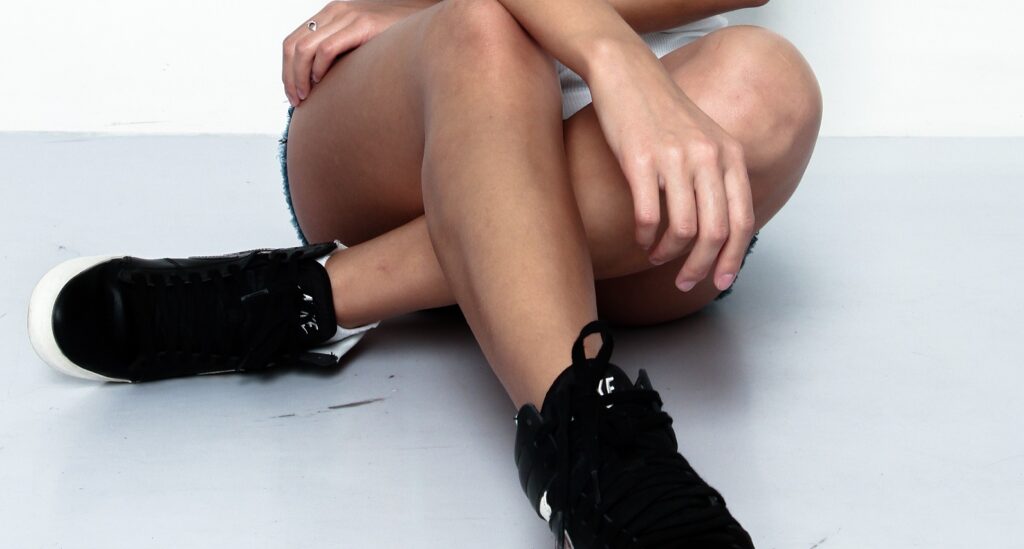Varicose veins are a condition that typically develops in the legs when blood pools and collects due to failing valves in the vein. When the pressure continues to build in the impacted areas, the veins can appear large and twisted, with the potential of the blood clots breaking free and causing severe health concerns. Like most other diseases and conditions, varicose veins and spider veins have risk factors that can be alleviated with the proper care. Here are some of the common risk factors associated with varicose and spider veins.
Obesity
One of the largest risk factors associated with varicose and spider veins is obesity. Individuals who are obese have a higher potential to develop varicose and spider veins throughout their life. This increase in risk is primarily due to the increased pressure on the veins. Maintaining a healthy lifestyle is highly recommended if obesity runs in your family. Eating healthy and developing a consistent exercise routine can help you prevent any associated risk factors of obesity.
Genetics
The potential to develop varicose and spider veins increases substantially if a parent developed the condition at some stage in their life. Current research predicts that the risk for developing varicose veins is approximately 40% if you are female or 20% if you are male when another family member has it. Similar to obesity, maintaining a healthy lifestyle can help deter the potential for developing varicose or spider veins.
Pregnancy
Women who are pregnant have an additional risk for developing varicose and spider veins due to the enlarged uterus causing pressure on the pelvic veins. In turn, this also creates increased pressure on the valves within leg veins and can lead to hemorrhoids. Varicose veins can also worsen with each additional pregnancy. While you may not be able to directly change the impact that pregnancy has on varicose veins, you can alleviate any potential factors by maintaining a healthy lifestyle.
Other Factors Can Cause Varicose Veins
Varicose and spider veins can also have other factors that cannot be treated. These include age, gender, hormones, and trauma to the legs. Women are more likely to develop varicose and spider veins with the risk increasing in age.
Contact for Your Consultation
If you believe you are developing varicose or spider veins, give our office a call for a consultation. The Laser Vein Center is available to help you treat varicose and spider veins. Dr. Wright and his highly trained staff are available to help you today.

